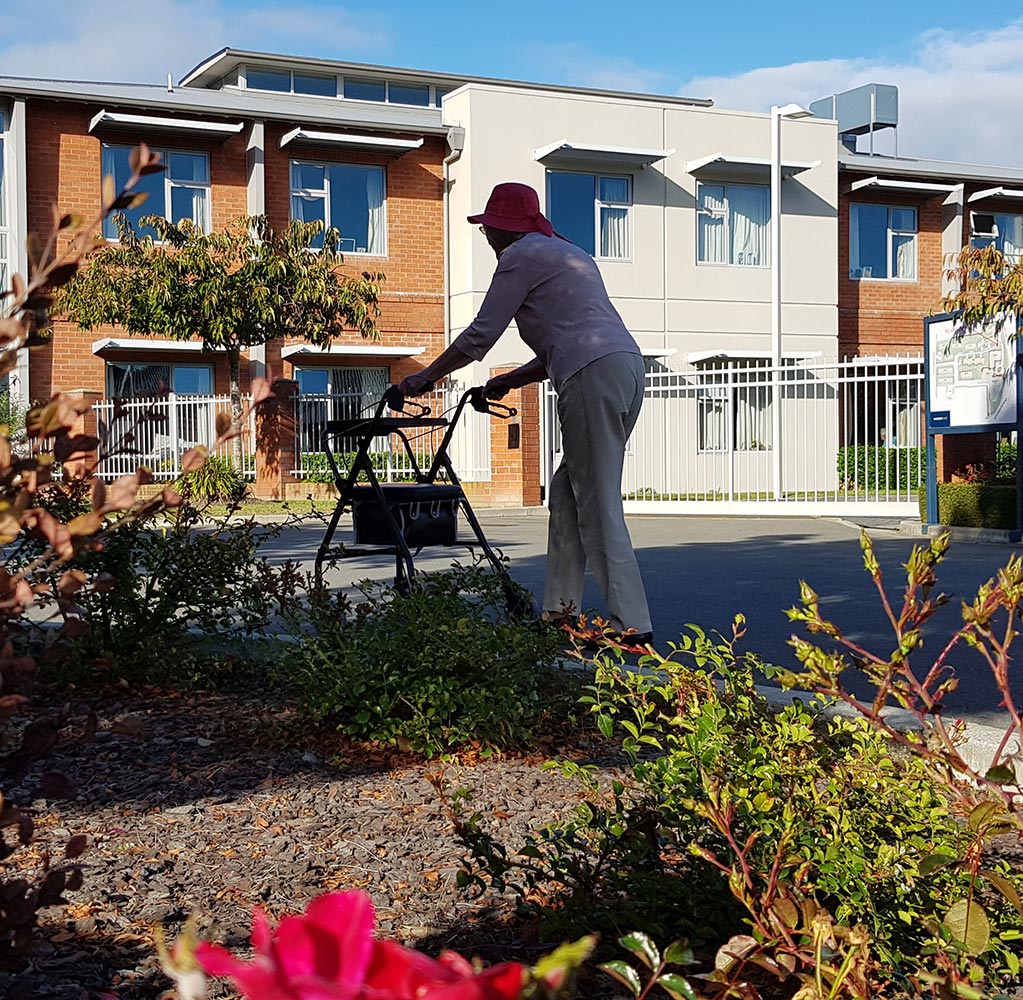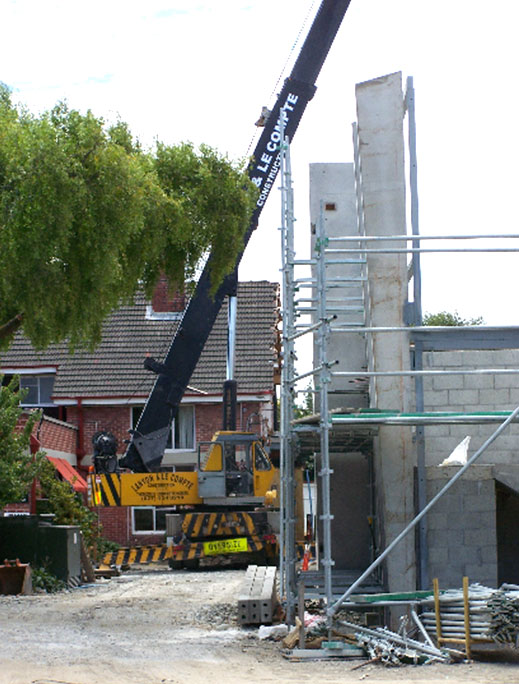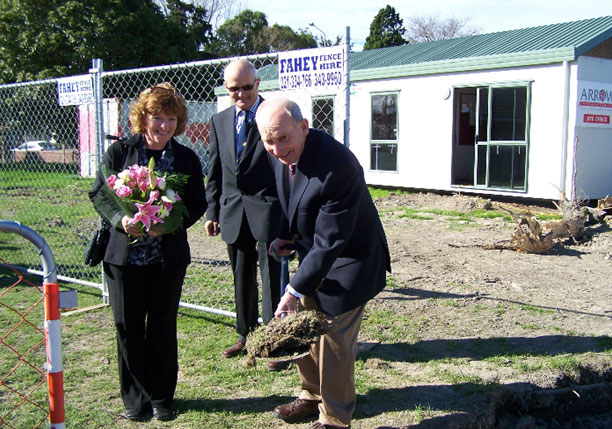
Background and History
The end of the Second World War saw an acute housing deficiency in New Zealand, brought about by manpower shortages with changed standards and conditions of living. The situation became particularly difficult for elderly folk who could no longer manage on their own, and who, in consequence, tended to occupy beds at General Hospitals.
In seeking to address this problem the Government sponsored the formation of Regional Councils for the Aged. In 1952 the Christchurch Aged Peoples’ Welfare Council was formed and at once urged the founding of more residential homes for the care of the aged, frail, ambulant and infirmed.
When they appealed to the public for support one of the first donations was a valuable and appropriate site in Shirley given by Mr Ernest Adams, a Christchurch Businessman and Rotarian. Although initially public response to the Appeal was slow, the Christchurch Aged Peoples’ Welfare Council pushed ahead and commissioned preliminary plans for a Retirement Home.

The Council enlisted the support of the Rotary Club of Christchurch, who accepted “Homes for the Aged” as a challenging and worthy service project for the Rotary International’s Golden Jubilee Year – 1955. This wider appeal was restricted at first to Club members, who personally contributed about $11,000 and, with that lead, Rotary felt well justified in appealing to the general public for their support. There was a generous response with a further $100,000 being raised, ensuring the full target figure was reached.
The then Minister of Health gave added encouragement to the scheme by a three-to-one subsidy on initial costs, subject to certain provisos. Among these were: that an independent incorporated body be set up to manage the Home, and that no claims be made on central Government for subsequent running costs.

There was a tremendous amount of goodwill generated by the project and many prominent people contributed including, Mr Heathcote Helmore (Architect), P Graham and Son (Construction), Mr Gilpin (Director of Parks and Reserves Department, the Christchurch City Council), Mr Peter Wynn Williams (Legal) and Doctors H R Donald (Board member) and F O Bennett (Visiting Physician). The first Chairman of the “Friends of Windsor House” was Brigadier Burrows. The Deed of Foundation was signed in 1958 and a Board comprised of nominees from the Christchurch Aged Peoples’ Welfare Council (now Age Concern) and Rotary Club of Christchurch was formed.
The first residents to the retirement complex were admitted in 1959 and the official opening by Viscount Cobham – the Governor General – was held in November of that year.
In the 1990’s the Board of Governors became aware a rebuilding programme was needed to provide more modern facilities along with provision for more dementia beds in the north-east area of the City. The Board were also adamant “not-for-profit” organisations were needed in the caring for the elderly, even though many in Christchurch had withdrawn from this sector.
Windsor House therefore underwent extensive restructuring over the period 2006 – 2008.

Arrow International Ltd were asked to developed concept plans, which the Board of Windsor House accepted and re-development of the site began.
In line with Government Policy, a total of 49 cottages became available allowing elderly residents to live independently, as long as they are able, within a safe environment.
Additionally construction included a 20 bed Rest Home, a 40 bed hospital, plus a 20 bed dementia unit.
This configuration allowed cottage residents to remain within the Windsor House organisation when they were unable to live independently thus fulfilling one of the objectives of Windsor House, which is to be able to offer a ‘continuum of care’.
Whilst a new Windsor House has been built, in 2015 the organisation was re-branded WINDSORCARE.
Over the past sixty years, WINDSORCARE has developed a reputation for the high quality care provided by staff and, occupancy rate has remained very high.




